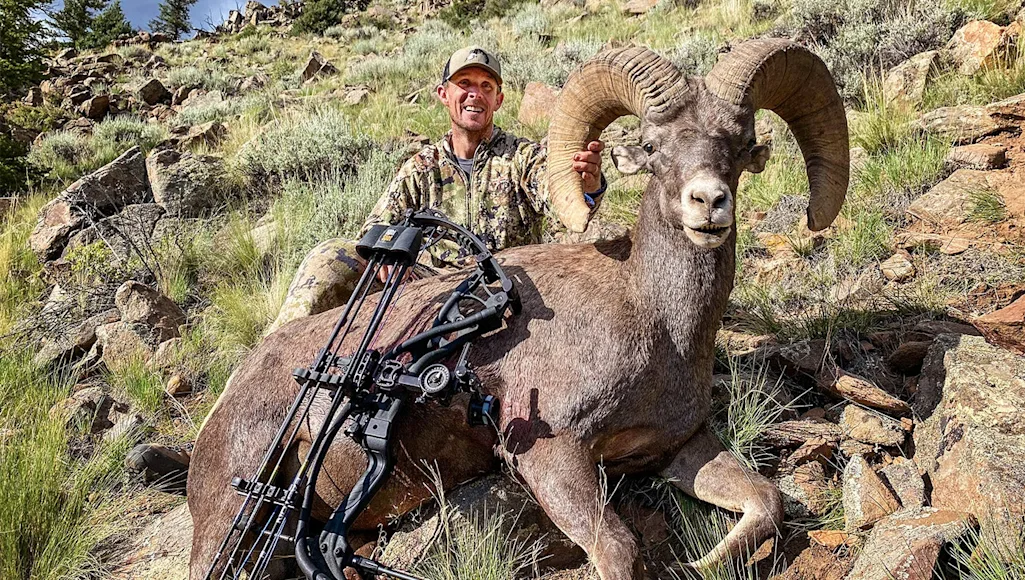As a Colorado native, I’ve spent the vast majority of my hunting tenure, which now spans more than 25 years, chasing critters on public land all across the West. From the spine of the Rockies down the plains, the terrain can be tough and the animals can be far between. But when it comes to western hunting, nothing is more challenging than figuring out how to draw a tag.
If you’re new to the process, it can be confusing to point where you just give up. But don’t do that. The fact is, you will absolutely miss out on some incredible hunting opportunities if you do. With application deadlines coming up soon, we’re here to help. Whether you’ve never applied for a western tag before or you just want the process to go a little smoother this time around, the info and tips below with make things easier.
A Glossary of Western-Tag Terms
Before we dive into the tips and advice, there are some terms you need to understand fully. The tag-application and draw process will be doubly miserable if you don’t.
Limited or Special License
Any license you have to apply for in a state’s annual big-game drawing will be slugged with a “limited” or “special” label. You can’t purchase these tags online or over-the-counter. You have to apply and be drawn. This basic definition comes first, because these are the types of tags we are talking about here.
Preference Points
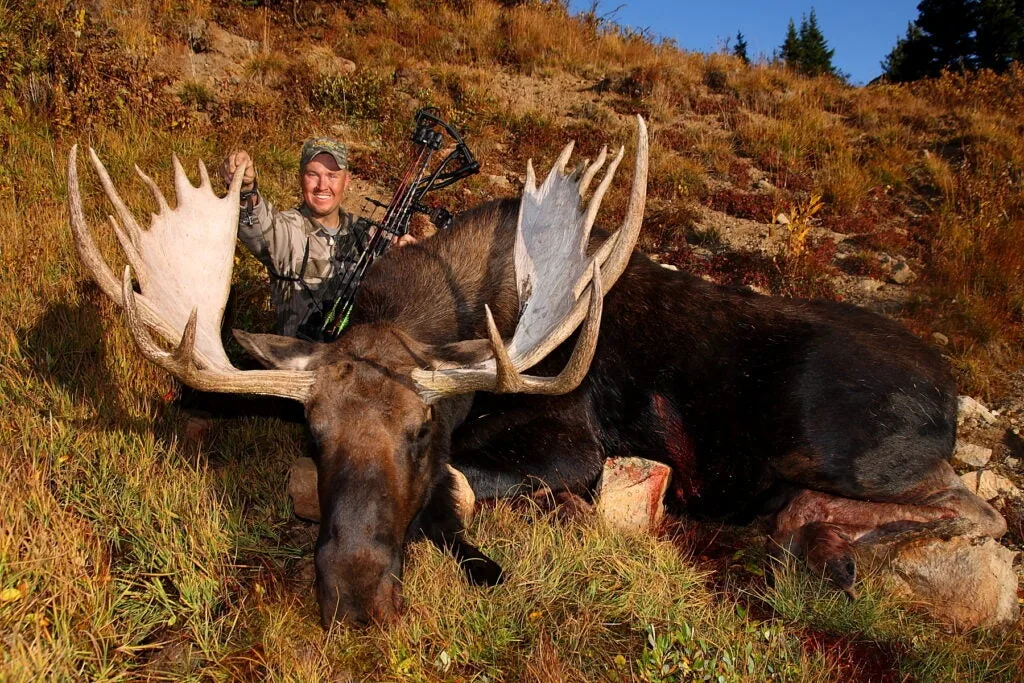
Drawing a really coveted big-game tag often boils down to accumulating enough preference points. Jace Bauserman
In many western states, you are awarded a preference point in years when you are not drawn for your first-choice tag application. Preference points increase your odds of drawing a limited license in future years, and the more points your accumulate, the better your chances. For instance, last year I had eight preference points for my first-choice Colorado archery elk unit, which gave me a 47 percent chance of drawing. I did not draw, but I did get another preference point. So this year, I have nine preference points and a 100 percent chance of drawing.
Bonus Points
This is where many applicants get confused, understandably. Not all state’s offer bonus points. But in sates that do, bonus points and preference points are alike in that both up your odds of getting drawn, and they accumulate from year to year. But they differ in a couple of important ways. First, bonus points are not given to you; you buy them. Second, in some states, bonus points are squared if you’re not drawn. For example, if you’ve purchased and accumulated four bonus points and don’t get drawn, you’ll have 16 bonus points going into the next draw, exponentially increasing your odds.
Lotteries
Neither preference nor bonus apply to lotteries, as tags in this case are awarded at random, and every applicant has the same odds of drawing a tag whether they’ve been applying for 20 years or two. There are some benefits to this system, but some definite drawbacks as well. A sleeper unit with few applicants, for example, can be a good bet. But a premium unit, where, say, 55 early-season rifle elk tags are given by lottery where 350-class bulls are the norm, will be a low-odds proposition. If 5,000 applicants apply for those 55 tags, your chances of drawing are less than 1 percent.
Accumulate Points While You Hunt
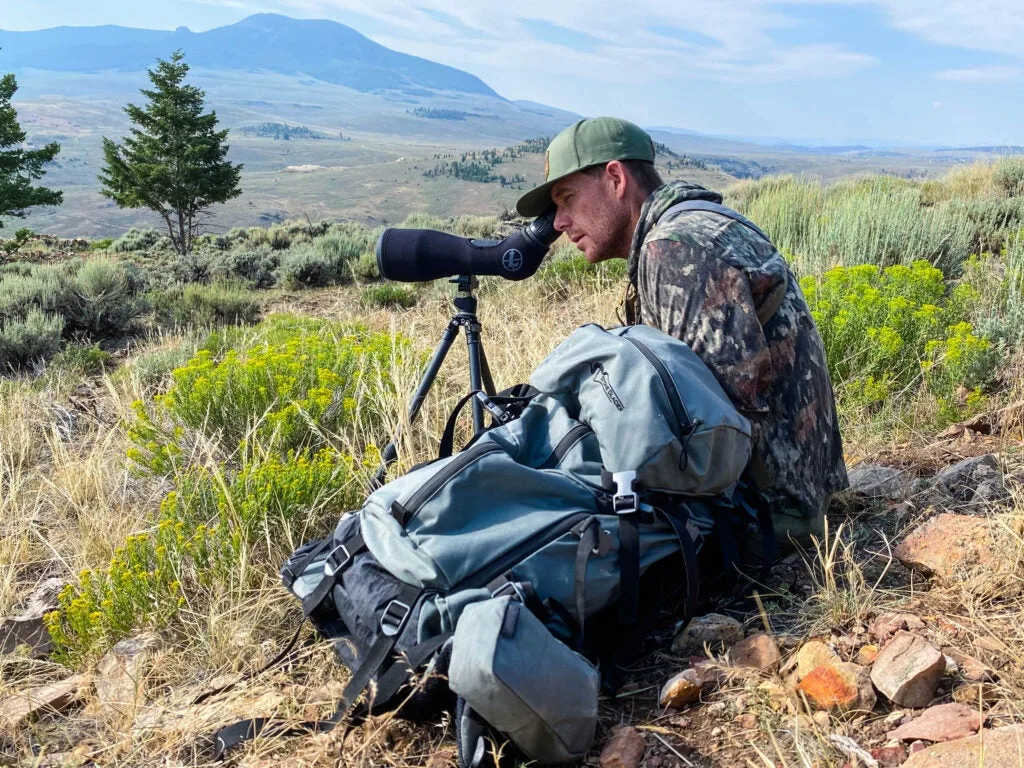
Even if you don’t score on a limited draw, you can often get a leftover or over-the-counter tag and go hunting anyway. Jace Bauserman
Okay, now that we’ve got the basic terms out of the way, let’s tackle something that’s often misunderstood by beginners. Just because you don’t get drawn for you first-choice tag, it doesn’t mean you can’t hunt the West. On the contrary, you can accumulate preference and bonus points for one unit and still hunt another unit in the same year. In many western locales, you can apply for first-, second-, third-, and sometimes fourth-choice options. In other words, you can apply your preference points (and/or bonus points) to you first-choice unit, then research other units with better draw odds, and enter those as additional choices.
Some western states also have over-the-counter hunt tags for particular species. This OTC system is standard in states that manage animals more for hunter opportunity and less for trophy potential. Lastly, it’s common in the West for states to have a secondary draw, leftover purchase option, or both. Over the years, I’ve pulled some awesome tags on leftover-license sale day. Keep an eye on the leftover list in the days leading up to sale day and be ready to pounce.
It Pays to Apply Early
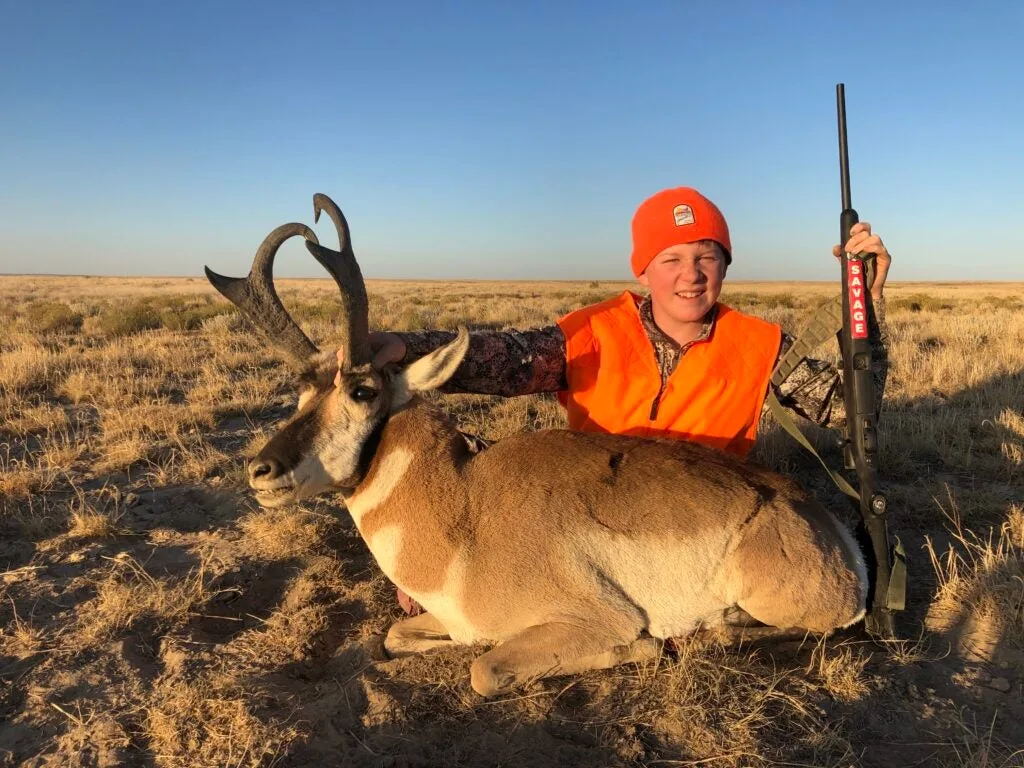
The author’s son pulled this pronghorn tag with only a single preference point, and the buck scored over 84 inches B&C. Jace Bauserman
Don’t be a procrastinator when it comes to putting in for tags. Do your research, and apply long before the deadline. It’s not uncommon for a game-and fish-website to get overloaded with traffic and shut down, especially in the last few hours of a state’s deadline draw day. If you start early, you can do all of your research and call state game-and-fish personnel with questions and not be number 482 on the call waitlist.
Track Deadlines, Points, Seasons, and More
It may seem silly, especially if you’re just starting to apply in western states, to pay money for a system that tracks your points and helps keep you organized. It’s not. Systems like HUNTwallet
are well worth it. With this website/app, you can track things like draw deadlines, seasons you’re applying for, species you’re applying for, preference points for those species, and the list goes on. I promise, the quicker you develop an organized system, the better.
Know Your Odds of Drawing
One of the most common questions I get asked each year is: How do you know the draw odds for the tag you’re applying for. The answer is to get a GoHunt
membership. It will be the best $150 you’ve ever spent. When you become a member, you get immediate draw odds for every western state for every species based on your current points. Plus, there is no better app I’ve found for helping you plan and execute a western hunt.
Finally, Don’t Give Up
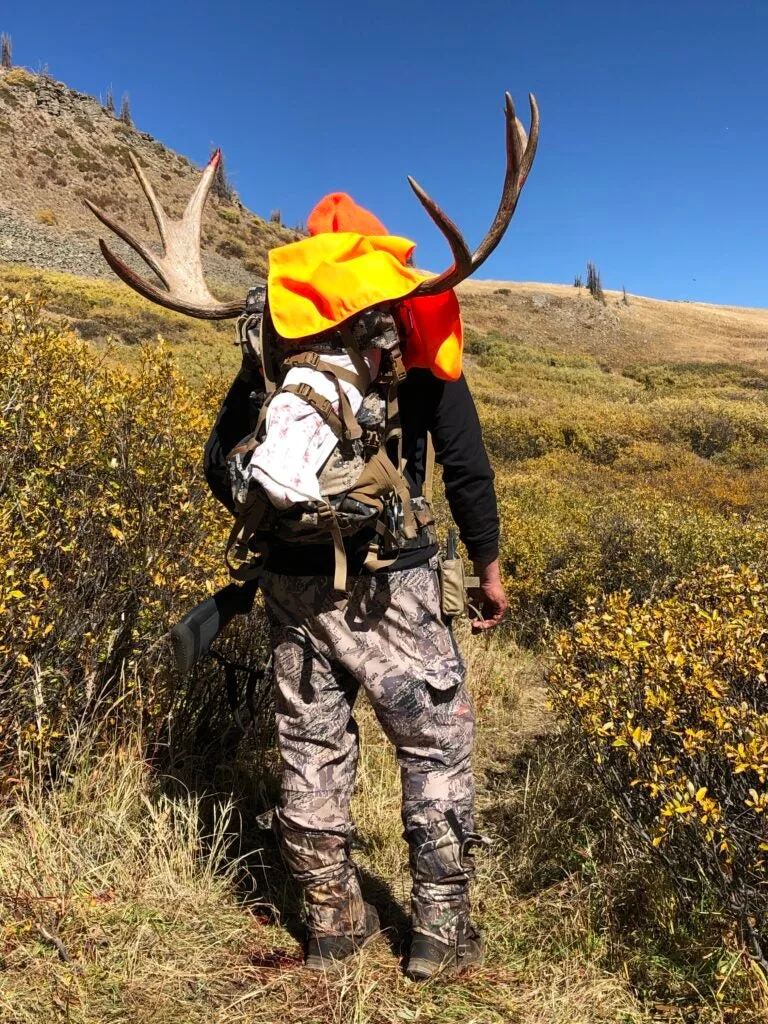
Stick it out during the draw process and you could be rewarded with a heavy pack. Jace Bauserman
I’ve been applying for limited units in numerous western states for more than 20 years. At times, it feels like you’re applying for a tag that doesn’t exist, but you have to keep putting in. Yes, states make money off application fees, making you buy a small-game or other licenses before you can apply, but it’s worth it. If you throw in the towel or miss a year or two, you’ll be too far behind the curve, and in some states, your preference or bonus points will get canceled, and you’ll have to start over.
I’m 41 years old, and after 20 years of applying, I pulled a coveted archery bighorn sheep tag last year. It proved to be one of the best hunts of my life. This year, I have a 63-percent chance to draw a prime Nevada early-season mule deer tag and a 100-percent chance of pulling a Colorado archery elk tag I’ve waited years and years to draw. The limited-license system is like retirement. You feel like you’ll never get there, that it will never be your turn, but then one day it is, and you’ll be overjoyed that you stayed the course.

